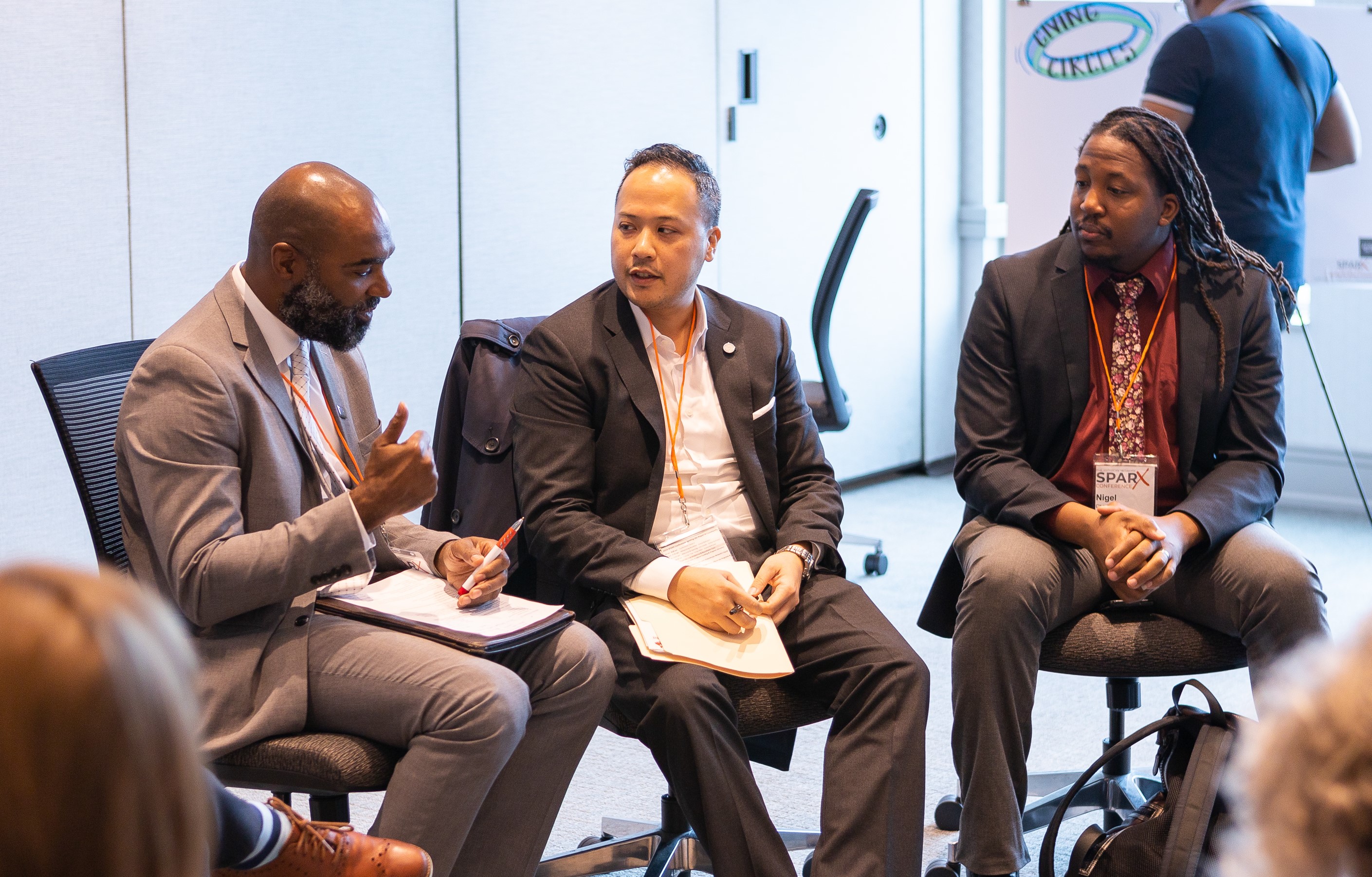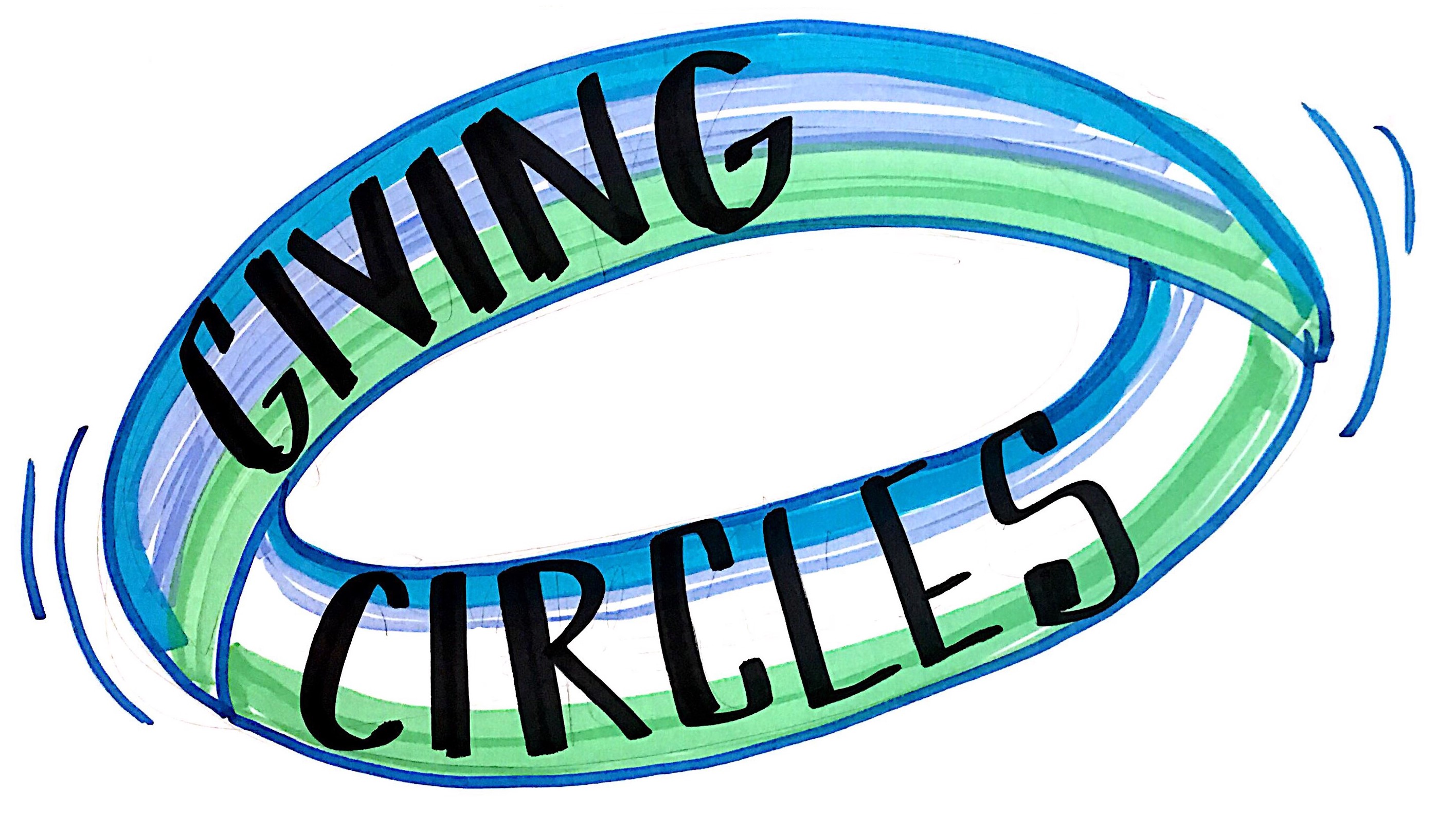Peter T. Van Do (Đỗ Tiến Sĩ) (center), member of the Executive Committee of the Asian Mosaic Fund and Director of the Pan-Asian American Community House (PAACH), at the 2019 SPARX Conference.
By Asian Mosaic Fund
The Asian Mosaic Fund (AMF) giving circle is a diverse group of multi-generational supporters committed to advancing the well-being of the Greater Philadelphia Asian American and Pacific Islander (AAPI) communities. Following their participation in a roundtable chat on giving circles at the 2019 SPARX Conference, we invited Asian Mosaic Fund to answer a few questions about their structure and how they build a sense of community through giving.
Q. How is your giving circle is structured (i.e., how is it different from more "traditional" funding models)?
A. From a donor’s perspective, we offer grassroots, democratic philanthropy. Voting members have a real say in where their donations go. The minimum $50 donation will earn voting members one vote in the grant selection process. For every additional $50 donation, the donor earns another vote; so a $100 donor will have two votes, $150 for three votes, and with a maximum of five votes for $250. Of course, donors are welcome to donate more than $250, but will not earn additional votes.
From an organizational perspective, the Asian Mosaic Fund is an all-volunteer led group, with 100% of donations funding grants and programming. We have four executive co-chairs that act as an advisory board for our three subcommittees - Events, Communications, and Fundraising. These three subcommittees collaborate to bring together members of local AAPI communities, spread the message of our organization as well as our past grantees, and fundraise so that we can build a stronger future for AAPI communities.
|
Graphic by Illustrating Progress |
Q: How are grant applications solicited, reviewed and selected?
A. We inform our community listserv of when we will begin accepting grant applications, which typically takes place in January and the deadline closes in February/March. The grant application asks for basic information such as the organization’s history, board and staff makeup, mission, programming, and impact on the community, among others. In addition, grant applicants must provide proof of 501(c)3 status (or fiscal sponsor) as well as previous financial information (i.e. financial statements and/or programming budgets). At that time, members of the executive committee will review all of the grant applications and determine the organization’s eligibility. If certain information is missing from the applicant, typically proof of 501(c)3 status or financial information, then we reach out to the organization to give them extra time to provide those documents. The following are the eligibility requirements for grant applicants:
- Based in and serves the Greater Philadelphia area
- AAPI-led and/or AAPI-serving
- Registered 501(c)3 or housed under a fiscal sponsor (may not be religious or political organizations)
- Past grant award winners must wait three years before reapplying
Eligible organizations prepare their own executive summary to be used by the voting members. Voting members are provided with these executive summaries and notified of the number of votes they have. If they have multiple votes, they may only use one vote per organization. Voting, which opens for two weeks, begins in March/April and the grantees are notified shortly after voting has closed.
Q: What program areas do you fund?
A. Our grants are unrestricted, so grantees are able to use those funds in whatever way they see fit. Our grantees serve a variety of needs - human services, health, education, the arts, etc.
Q: How does your giving circle build a sense of community?
A. By giving our members a vote in the grantmaking process, there’s an automatic sense of social impact on our community. Beyond that, we highlight the work of these organizations at our grantees reception, which brings together members of the AAPI communities. Throughout the process, we try to learn as much as we can about the organizations we partner with and to whom we provide grants. Our goal is to NOT make this a merely transactional endeavor. We look to bring together all members of the AAPI community across the region by making our events culturally sensitive, age-appropriate, and such that cost is not a barrier to entry.
Q: What could "traditional" funders learn from the giving circle model?
A. Members of our giving circle tend to have a better idea of what’s happening on the ground and the real issues affecting our communities. By listening to the people we serve and empowering our communities with voting, we can do a better job of directing funds to serve the greatest needs.


